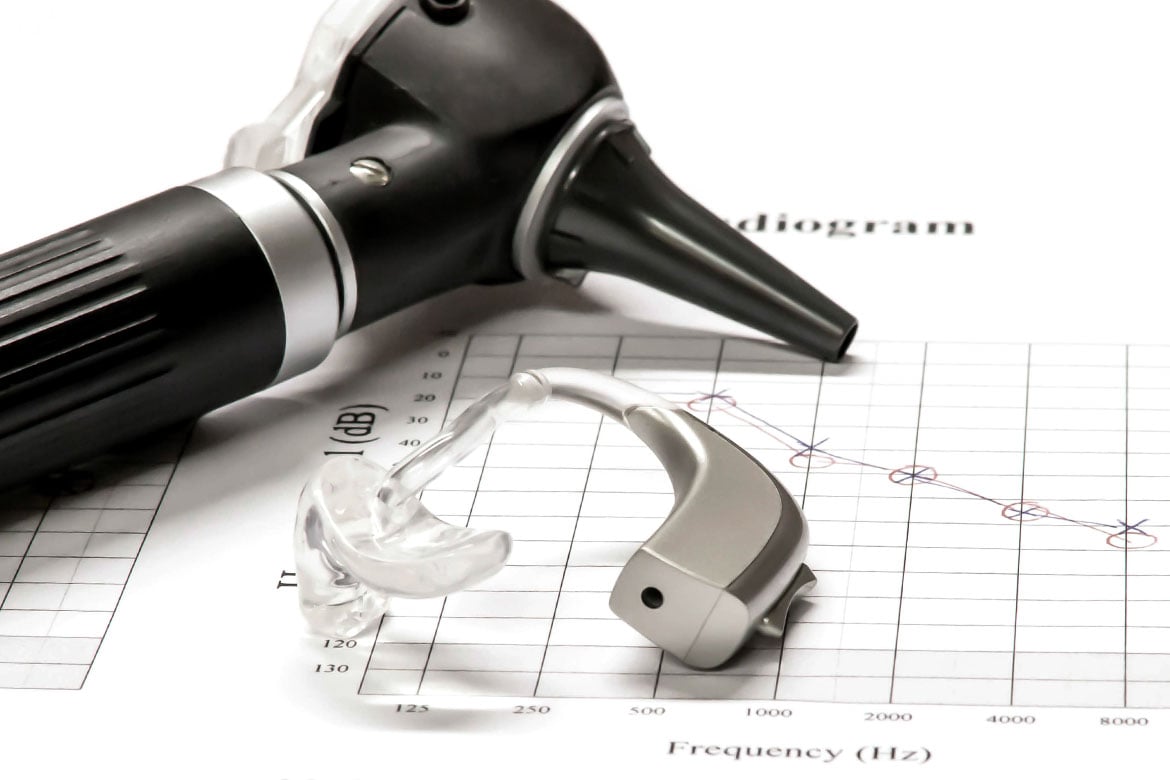For bad colds, the flu, a sprained ankle or a broken arm, about 2 million of this nation’s poor yearly receive care from free clinics around the country, a 2010 survey of such clinics indicates.
But where do poor people with significant hearing loss go for specialty services such as hearing aids, which can improve quality of life but are not covered under most insurance plans and are out of reach for those with few resources?
The answer, said Aileen P. Wertz, MD, has generally been, “They go nowhere.”
It has been customary, said Dr. Wertz, for the tens of millions of Americans who have sustained hearing loss to either pay out of pocket for hearing devices, which can cost upwards of several thousand dollars, or go without them.
The social costs for those who live in a muted or silent environment have been enormous on both personal and macro levels, said Dr. Wertz, a fifth-year resident in the University of Michigan Health System’s Department of Otolaryngology.
“Having significant hearing loss is isolating,” said Dr. Wertz, noting that people with this condition often cut themselves off from loved ones, friends and members of the community because they cannot readily engage in conversation.
Collaboration to deliver care
Starting in 2013, Dr. Wertz and her otolaryngology colleagues sought to address some of these issues, as they have documented in a recent JAMA Otolaryngology–Head & Neck Surgery article. Working with the nearby Hope Clinic, in Ypsilanti, Michigan, which provides free medical care to poor residents in the area, the University of Michigan otolaryngologists fitted 20 patients with free hearing aids that had been either donated or purchased with a grant. The audiometric testing also was performed at no cost to patients.
The estimated cost of services per patient has been valued at $2,260 per patient, which does not include “the cost of clinical and technical support staff or the initial clinical appointment with an otolaryngologist,” Dr. Wertz and co-authors noted in the article.
Speaking with AMA Wire®, Dr. Wertz said that she was gratified by the success of the free hearing aid program, which is ongoing. She said that access to donated hearing aids proved easy—“we were surprised at how many we got”—and that the most valuable clinical lesson to be derived from the experience was that the program’s success was contingent upon two factors: the infrastructure of the University of Michigan Health System, which provided the facilities and equipment for the hearing examinations and hearing aid fittings, and the pre-existing relationship that the medical school had with the Hope Clinic.
What this demonstrates, said Dr. Wertz, is that this type of subspecialty program is doable. “We hope that it will provide inspiration to others” to create medical subspecialty programs of their own” to assist patients in need, she said.
Hope Clinic and the University of Michigan Health System are now gearing up to offer free eye care to patients.
Related coverage
- Physicians honored for efforts to provide care to poor patients
- Senior physicians recognized for caring for the underserved
- A growing health disparity: Life expectancy for richest, poorest Americans
- Underserved communities to get help preventing diabetes




